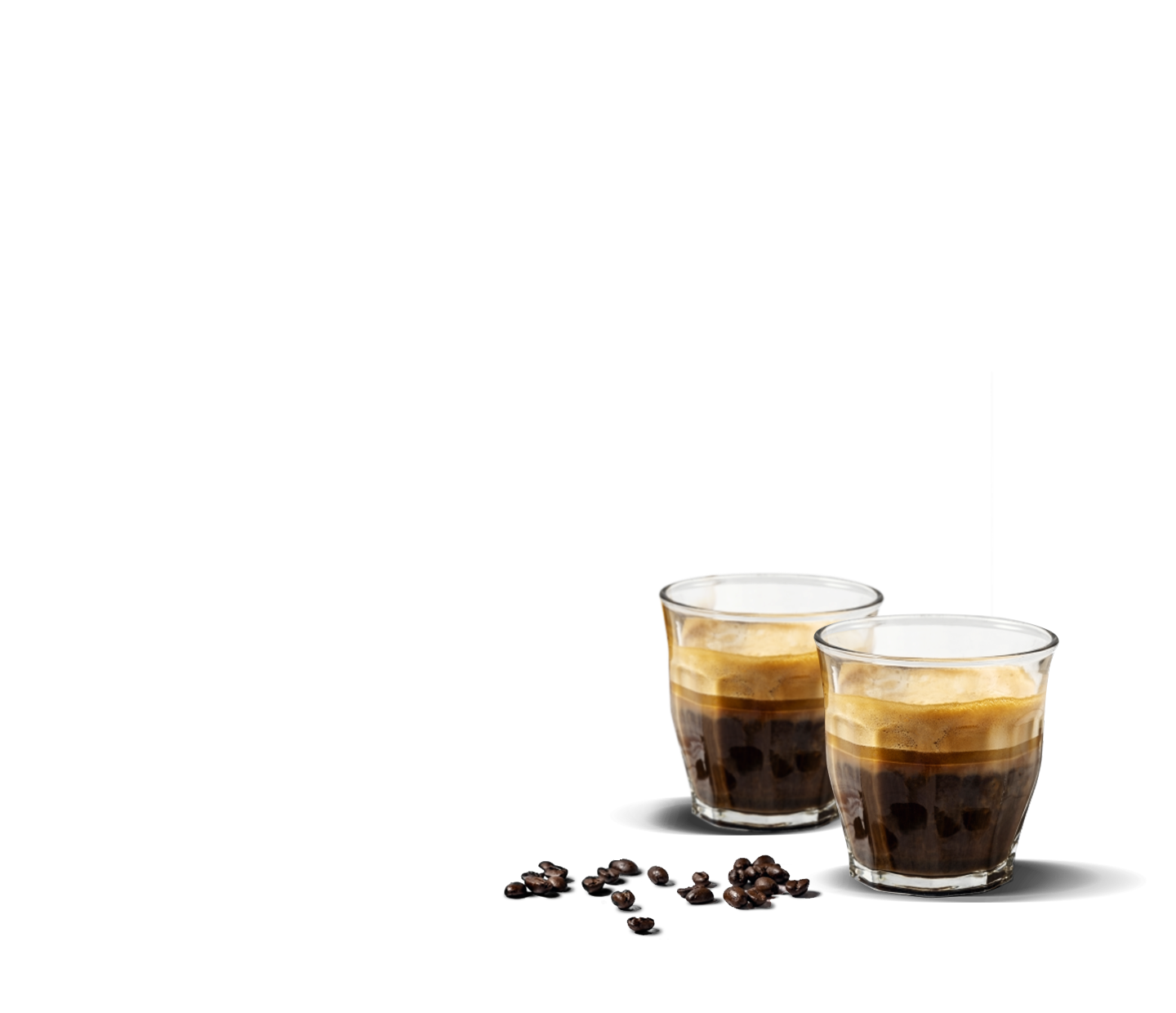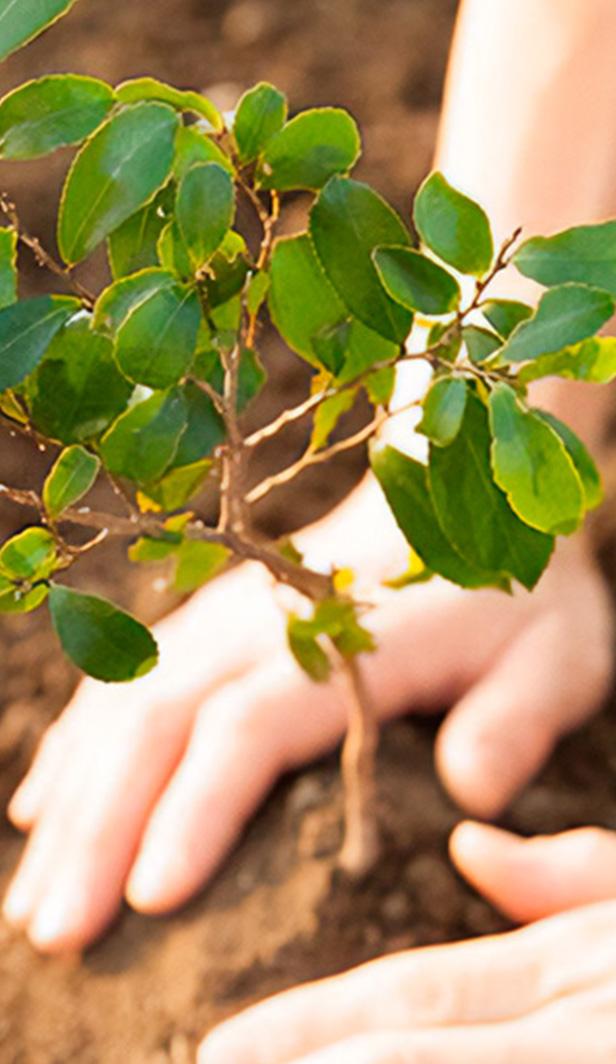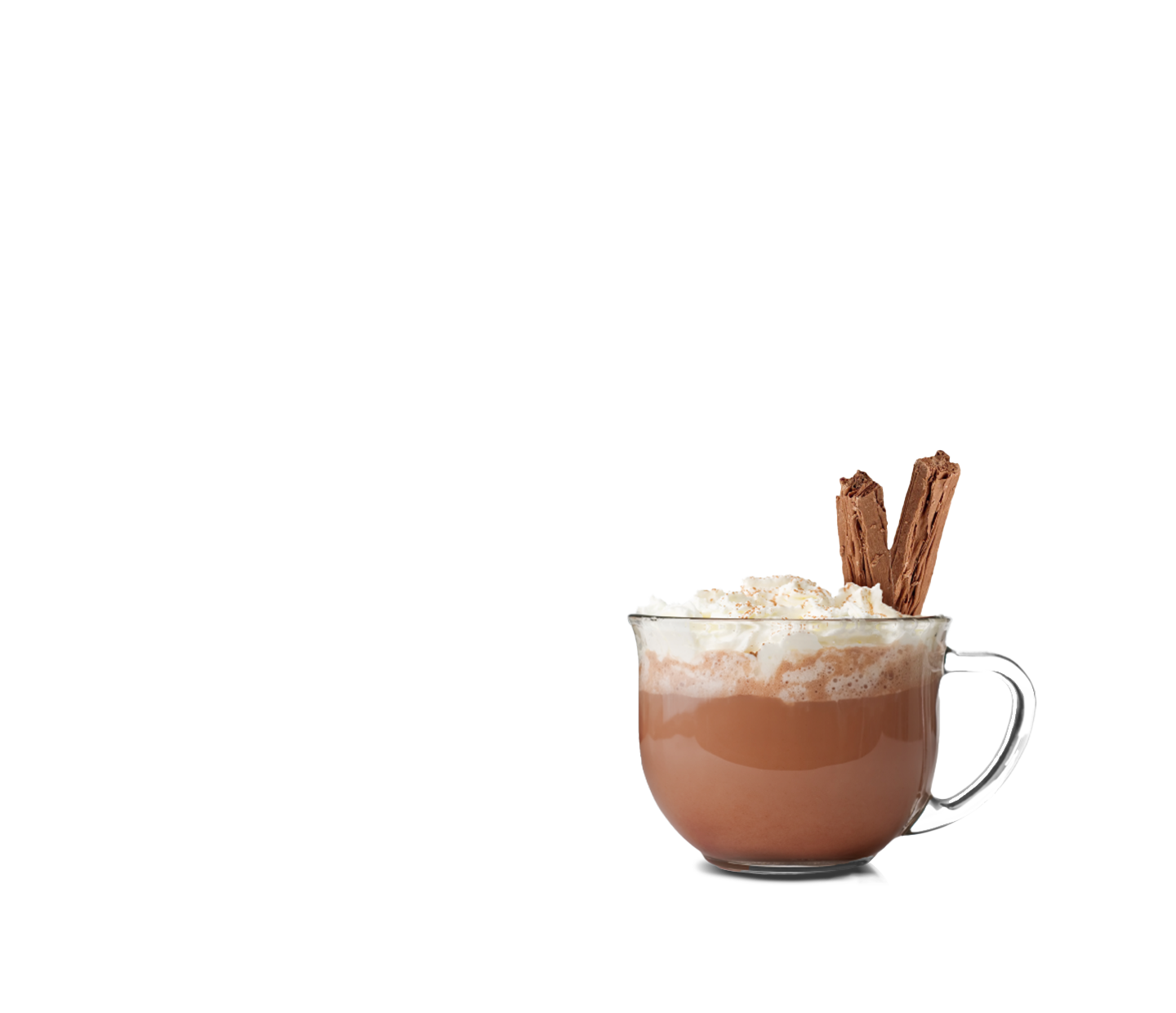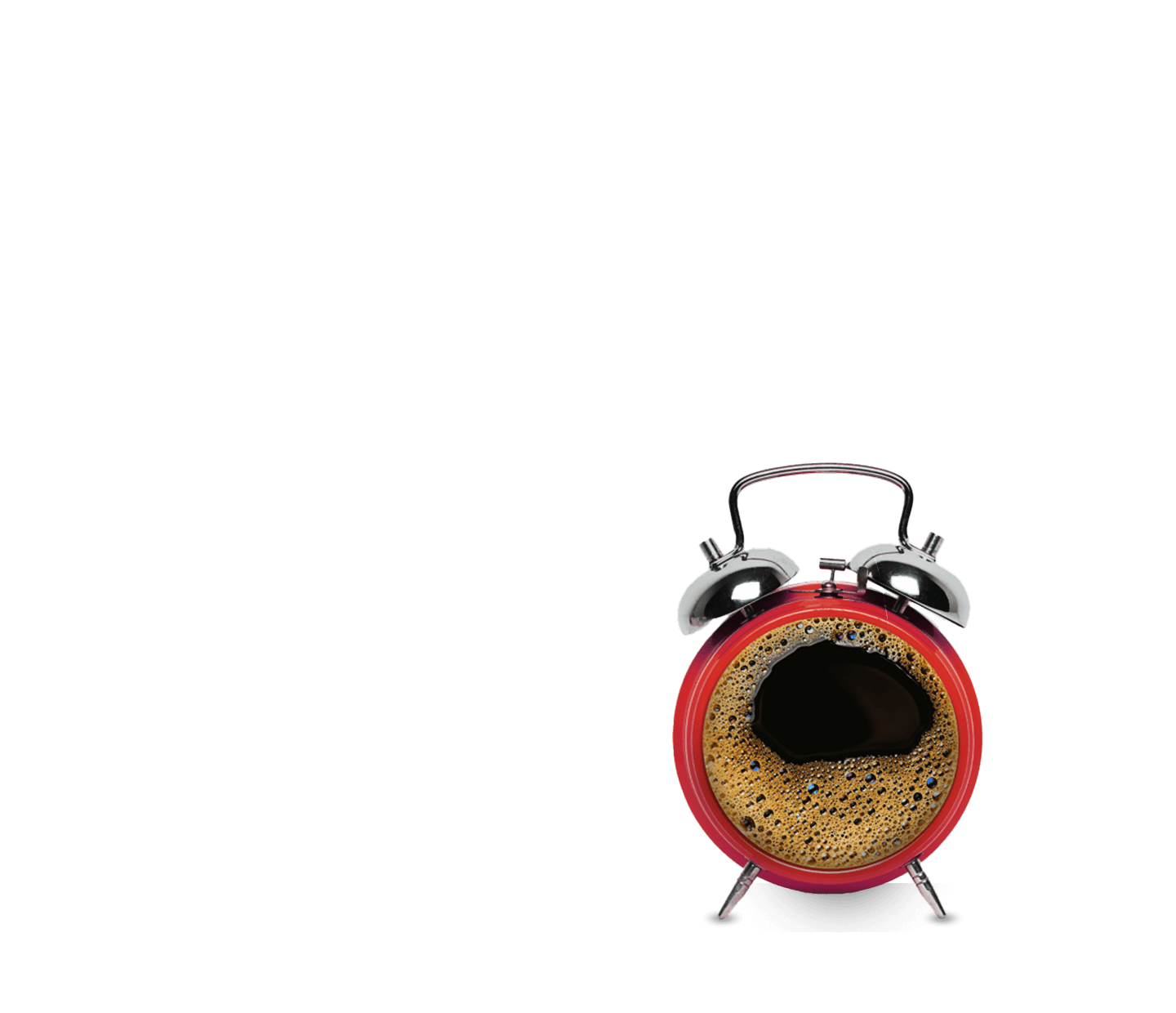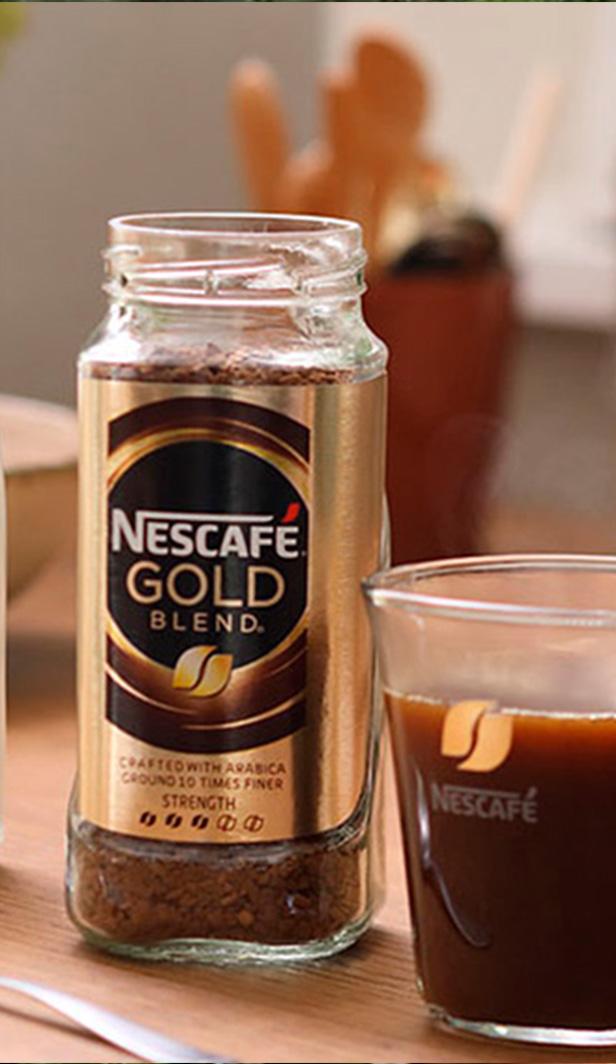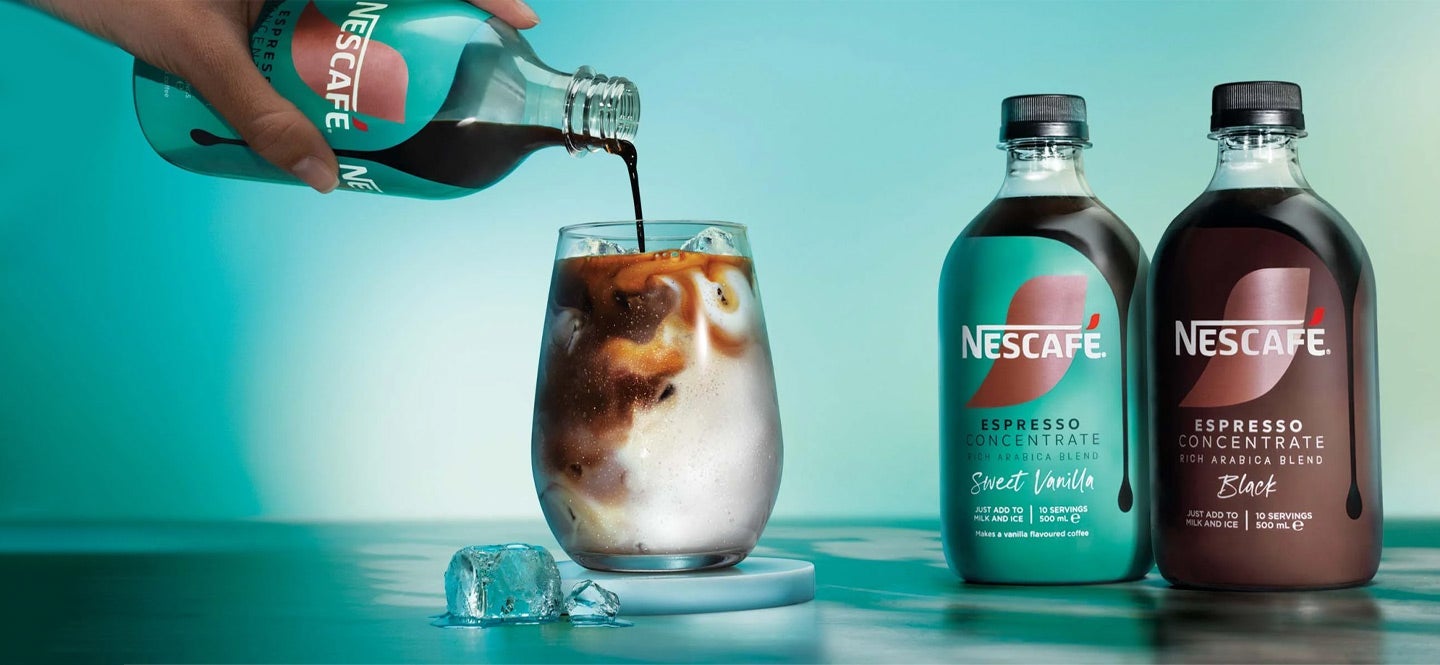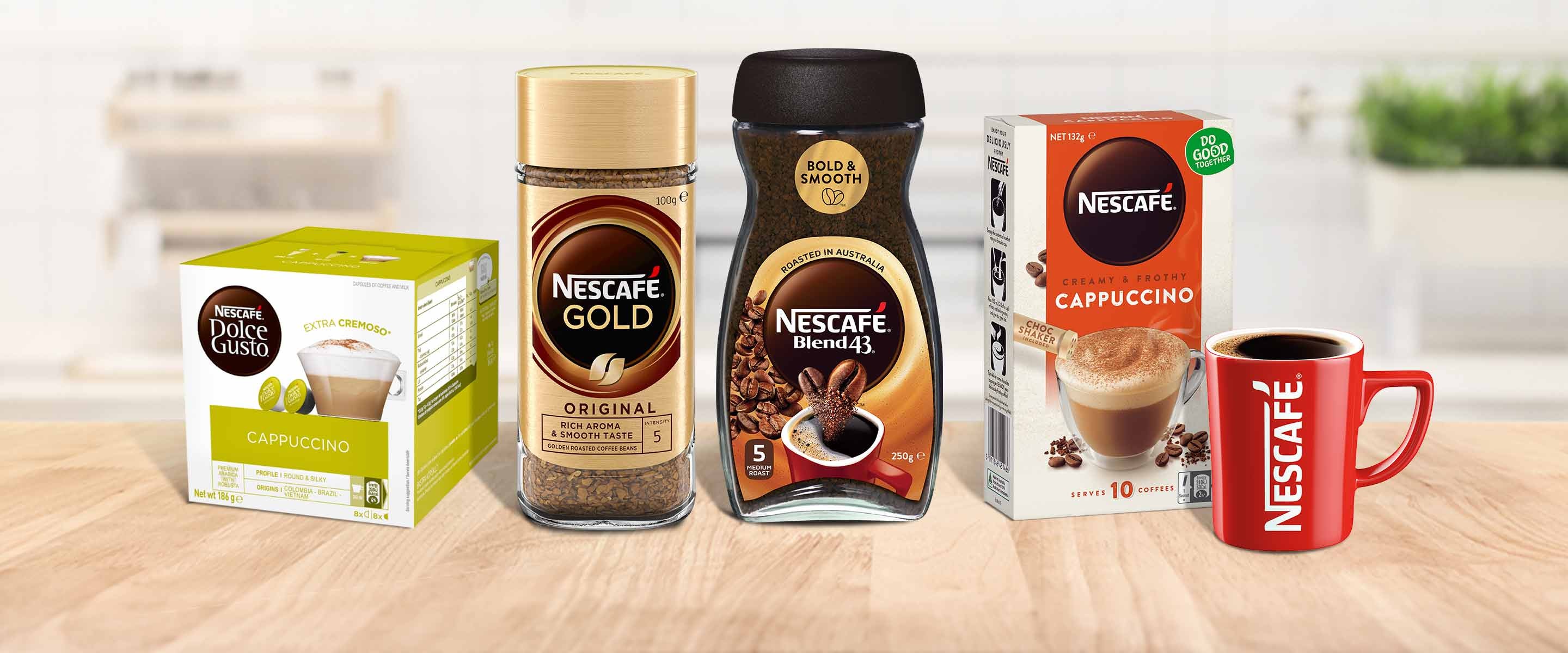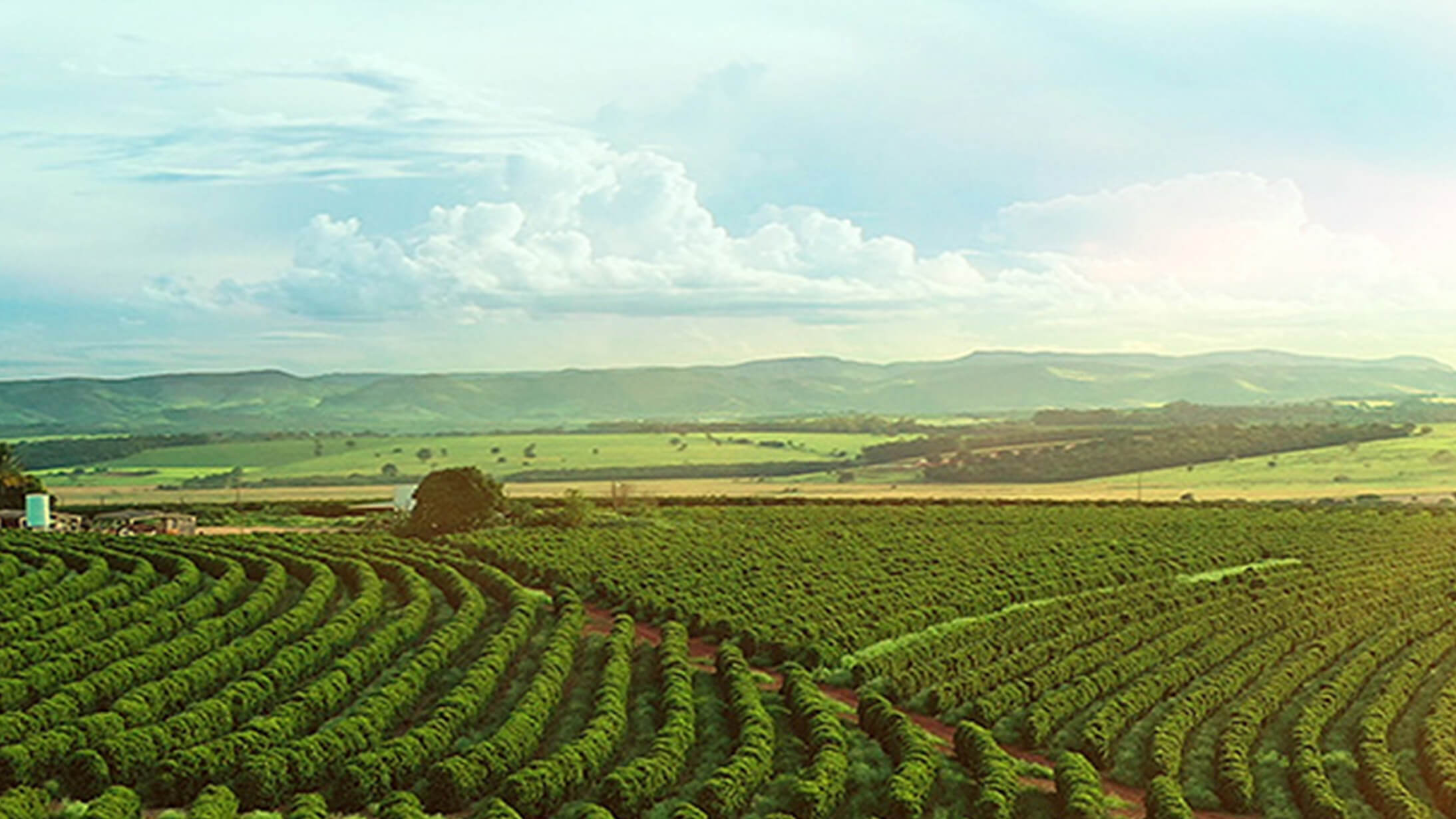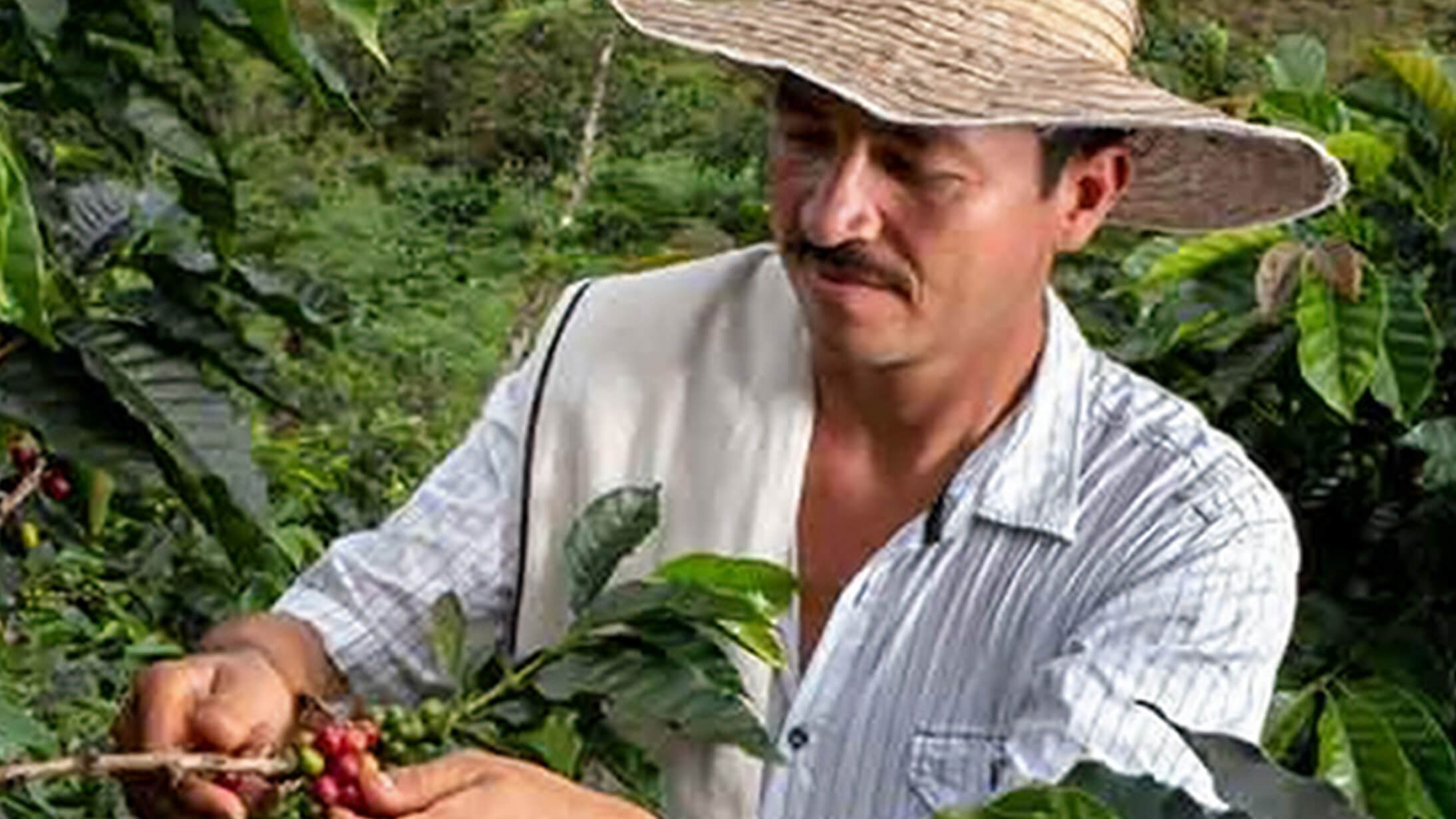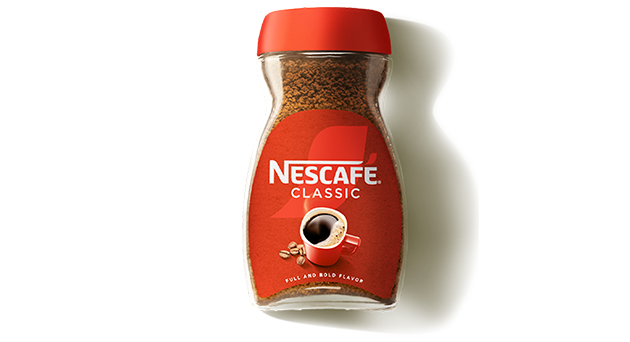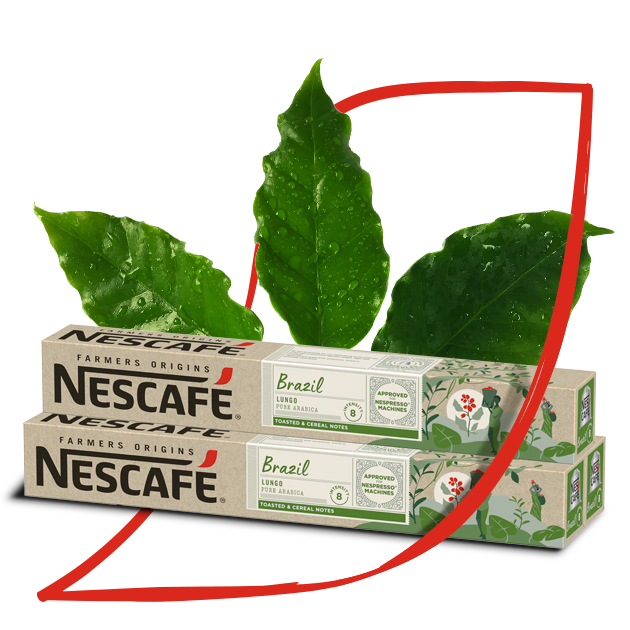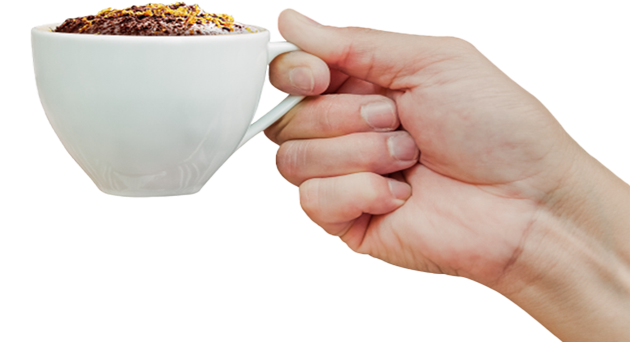What is a cortado coffee?
Refreshingly small
Unlike other coffee types the milk isn’t texturised and instead, cortado coffee is made with lightly steamed milk, no froth or foam. The steamed milk on top reduces the acidity of the coffee and creates a micro-foam which doesn’t separate from the espresso, giving it a strong and rich flavour.
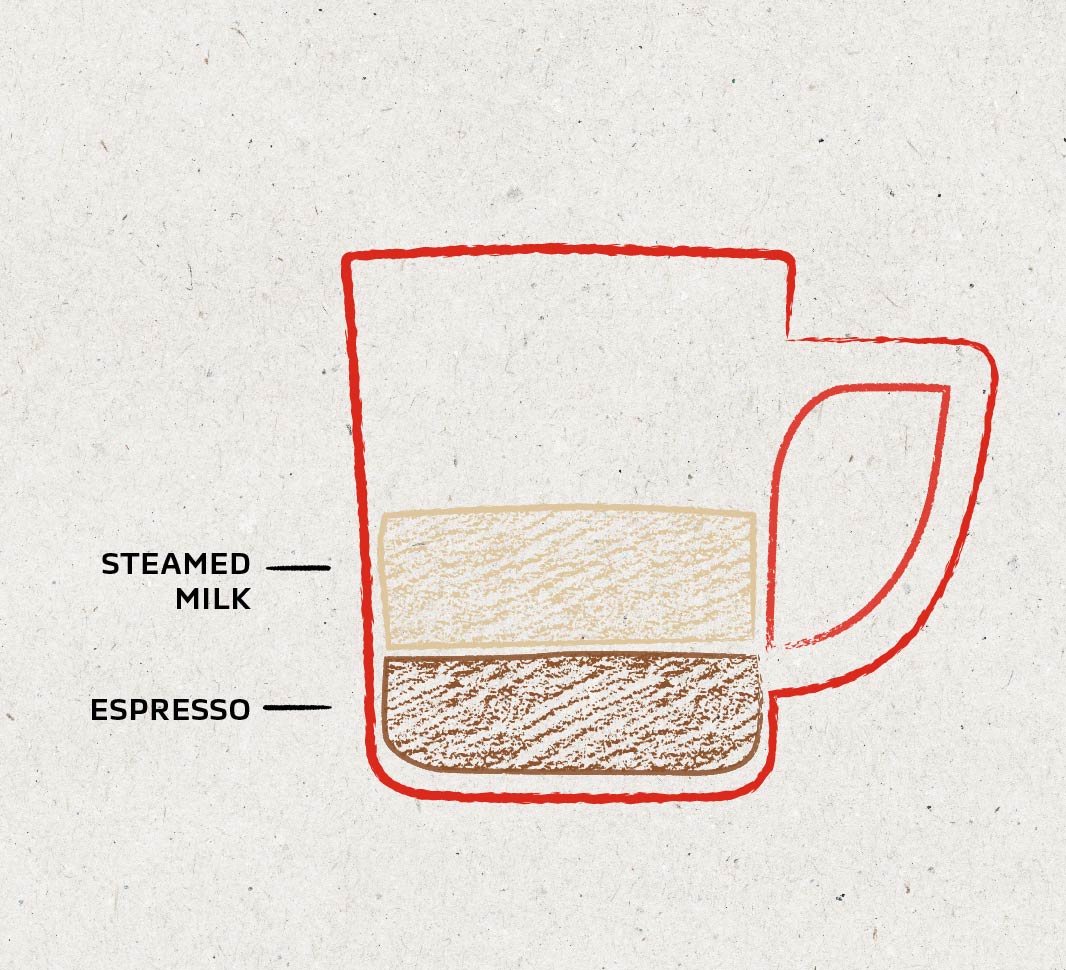
Cortado origins
Not much is known about its origins, aside from the fact that it came from Spain’s Basque Country. It’s also popular in Portugal and Latin America, commonly enjoyed as an afternoon treat.

A cortado is not dissimilar to a macchiato. Both contain the same amount of espresso, except the macchiato has a little less milk and is a bit smaller, which results in a slightly more bitter taste.
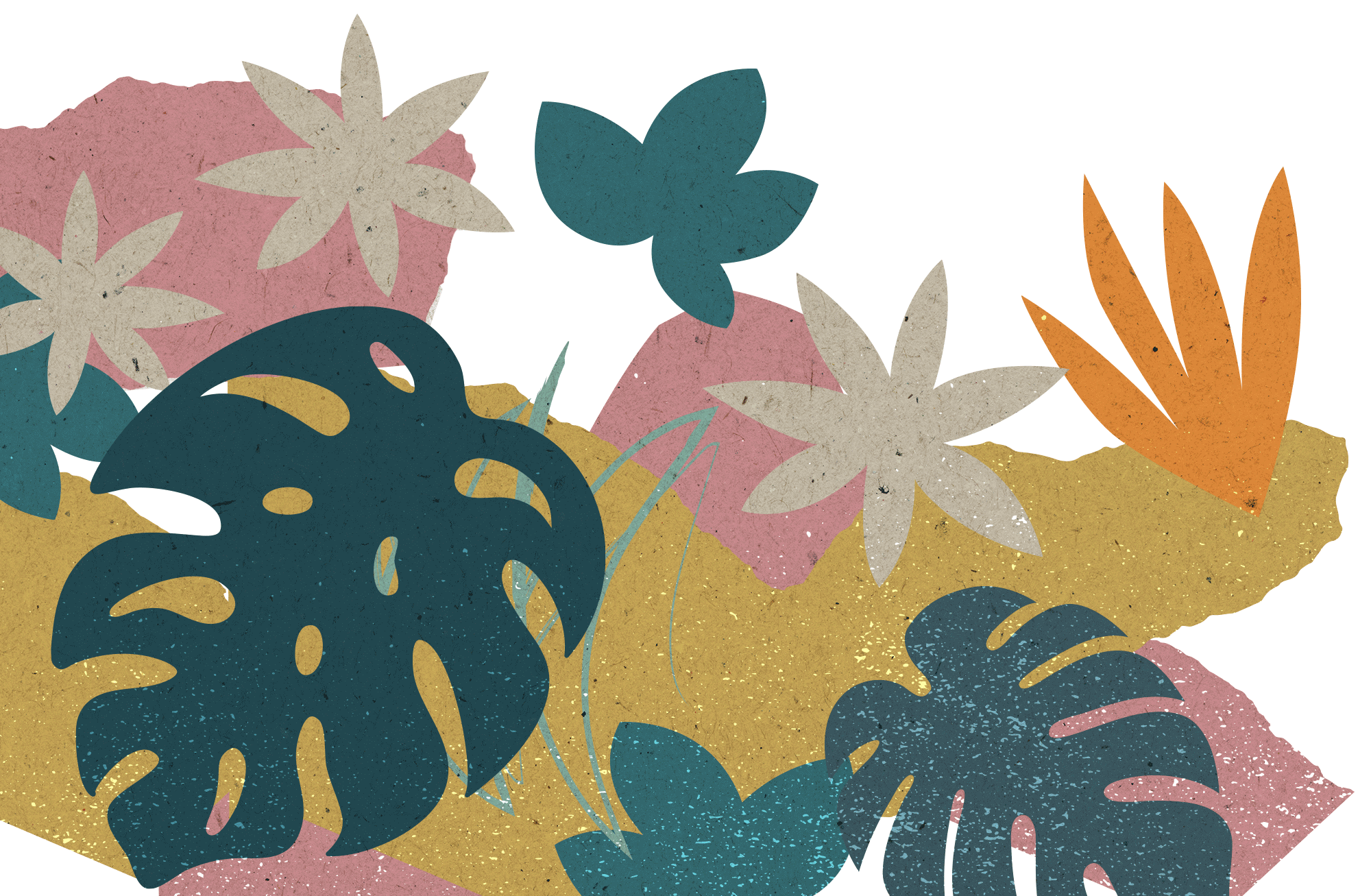
Differences between a cortado and a flat white
A cortado is generally smaller than a flat white and possesses a much stronger taste due to the lightly steamed milk. Additionally, the flat white can be likened to a small latte as it has textured milk, making it hotter with a much thicker taste.
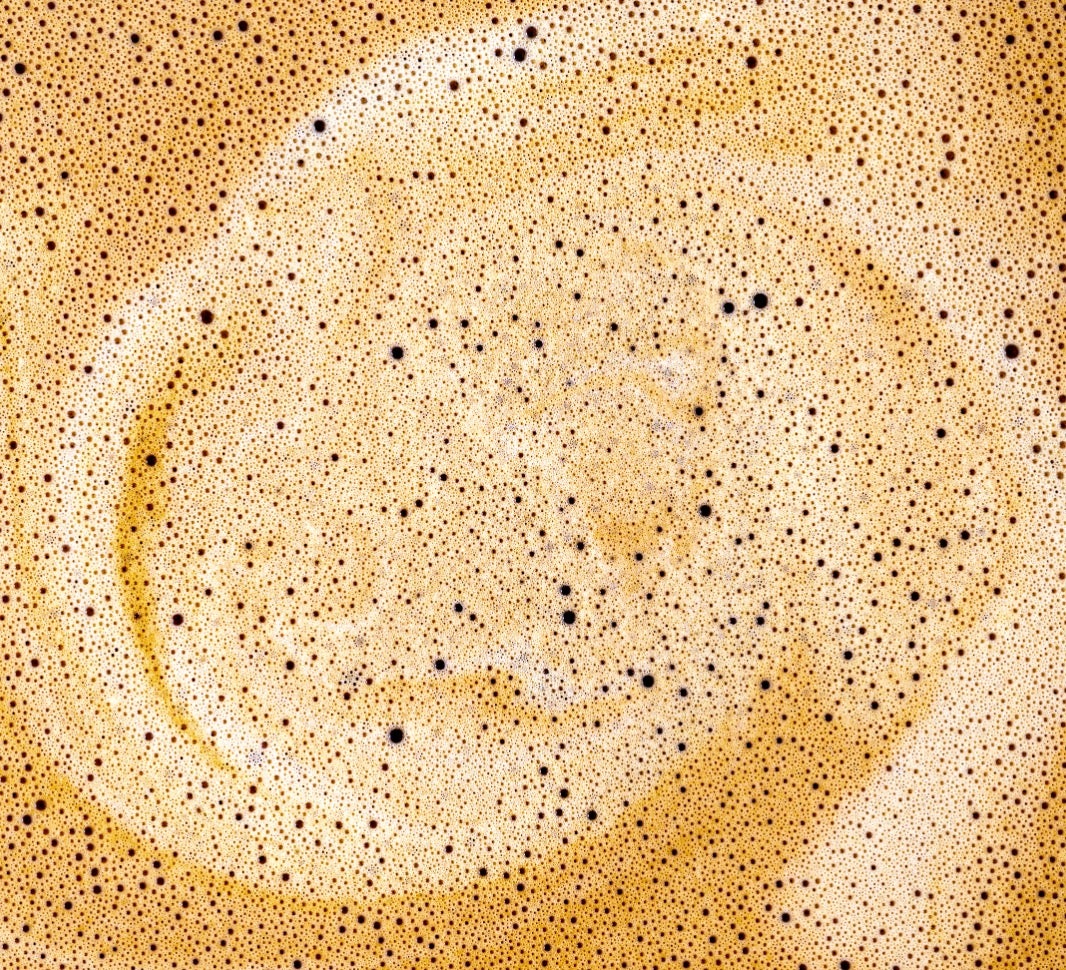
Cortado vs macchiato
A cortado is not too dissimilar to a macchiato. Both contain the same amount of espresso, except the macchiato has a little less milk and is slightly smaller, which results in a slightly more bitter taste.

Today’s community favourites
Discover some of the most enjoyed articles from across the site

What is a mocha?
Treat yourself
Although a mocha is often interpreted differently across the world, it's basically a shot of espresso combined with a chocolate powder or syrup, followed by milk or cream. It is a variant of a latte, in the sense that it is often 1/3 espresso and 2/3 steamed milk, the main difference being that a chocolate flavour is added, which can be light or dark.
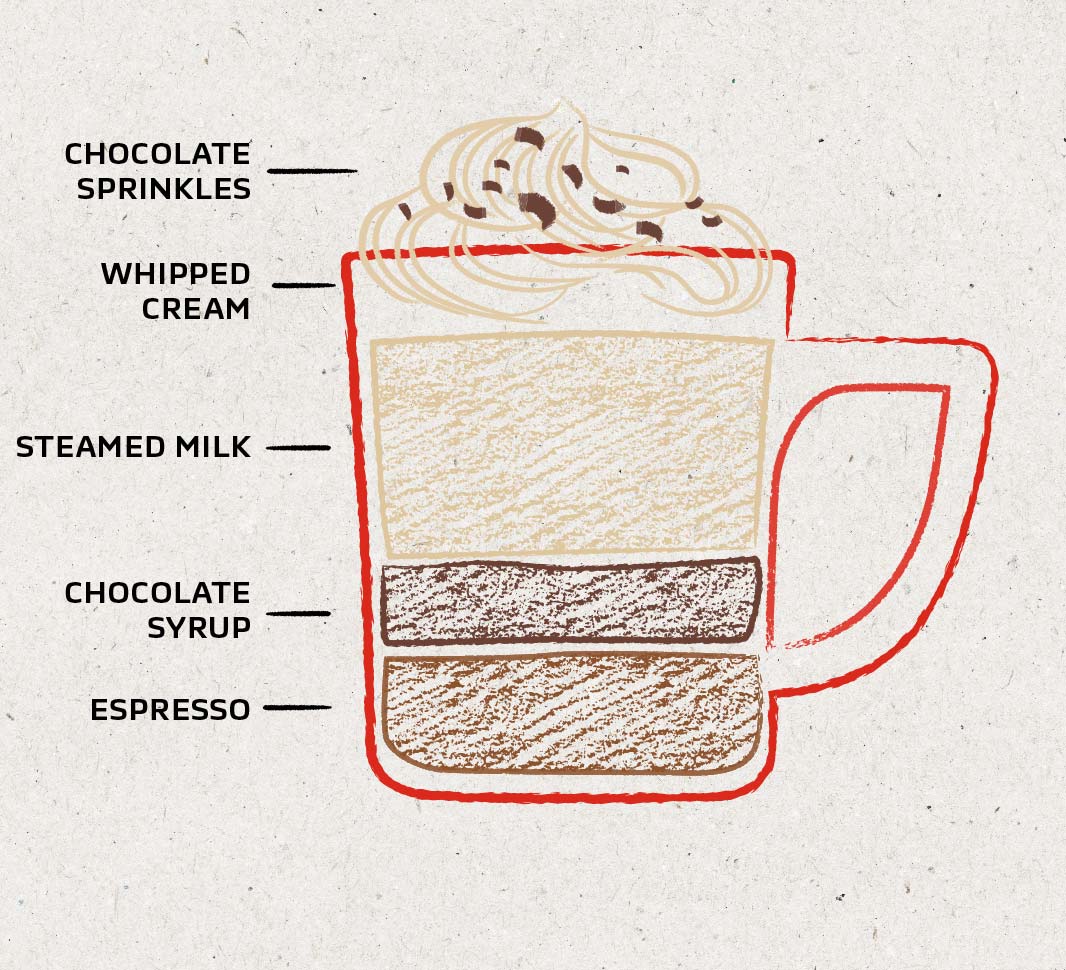
What does mocha mean?
Essentially, 'mocha' means a type of coffee that is made from a specific coffee bean originally only grown in Mocha, Yemen. It also means a mixture of coffee and chocolate, or a flavouring that tastes of this.
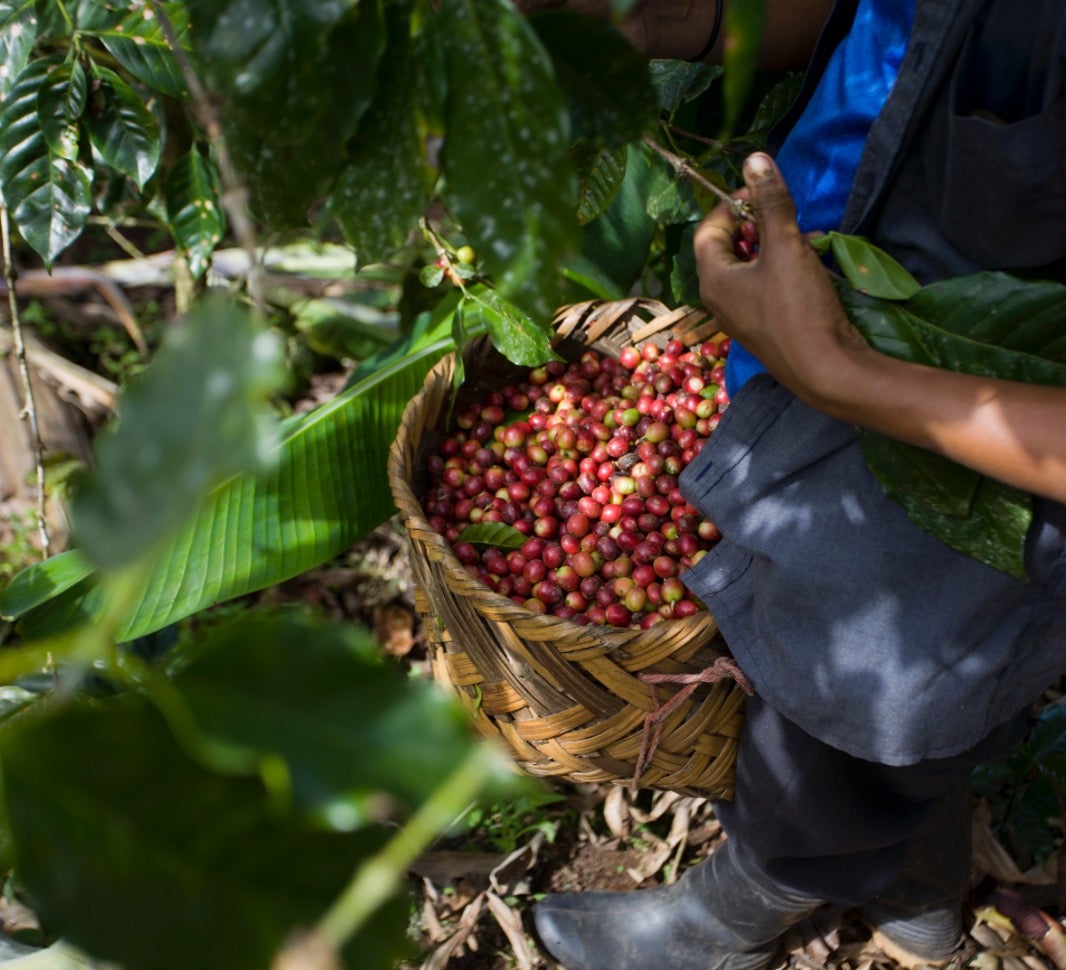
Mocha is known to taste like a chocolatey coffee. The espresso shot offers an almost bitter taste and the chocolate adds a sweetness to create a velvety smooth, luxurious combination.

What does a mocha taste like?
It is said that a mocha tastes like a chocolatey coffee. Whilst this is true, a mocha is so much more than that. Where the espresso shot offers an almost bitter taste, the chocolate combination adds a sweetness to create a velvety smooth, luxurious beverage.

Mocha origins
It is believed that the drink was originally named after the mocha bean, historically shipped from the port of Al Mokka in Yemen. Mocha beans were known for their naturally chocolatey flavour. These days, the name mocha doesn’t reference these coffee beans as such, but rather the presence of added chocolate flavourings in the coffee.
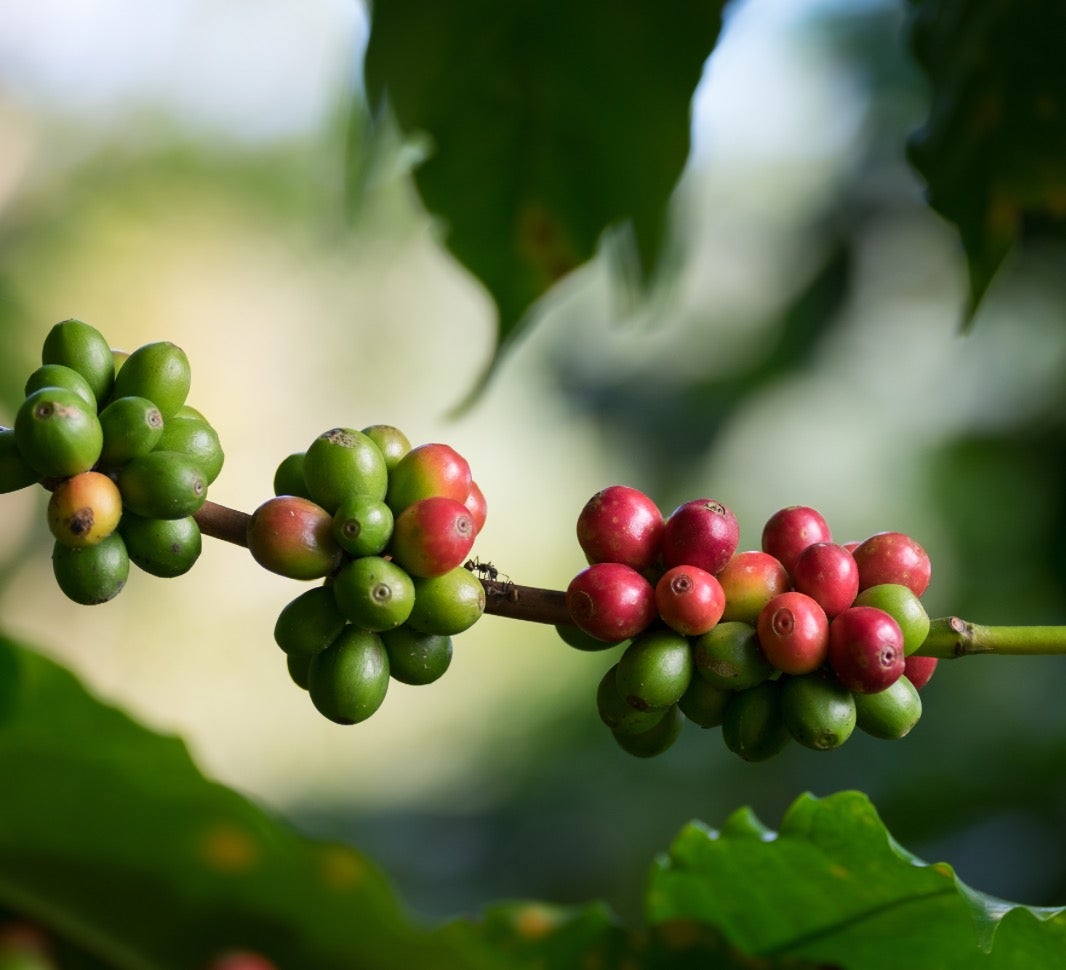
Cappuccino vs mocha – what’s the difference?
For starters, the cappuccino hails from Italy and the mocha originates in Yemen. They’re both espresso-based drinks, but the mocha contains chocolate flavouring and the cappuccino is topped with a milk foam to form a frothy coffee beverage – sometimes with a dusting of chocolate on top too.

Today’s community favourites
Discover some of the most enjoyed articles from across the site

3 morning rituals to make your day
Wake up early
Getting up early makes time for things that matter in your world like exercise, practicing mindfulness and of course, your morning coffee, before your day really begins.

Connect with loved ones to make their day
Good conversation is uplifting for the soul, but it’s something that many people skip in their morning routines. Why not ask your loved ones about what they’re looking forward to that day? Or about any dreams they had last night? If you live alone, you can still send a ‘Good Morning’ message to your loved ones to make their day!

Challenge yourself and set tasks that inspire you. This way, your day is bound to get off to a great start.

Plan your day to make a difference
More than ever, it’s important to look forward to your day and any exciting plans you may have. Besides what you have to get done, think about what you want to achieve. Challenge yourself and set tasks that inspire you. This way, your day is bound to get off to a great start.

Today’s community favourites
Discover some of the most enjoyed articles from across the site

Supporting climate resilient farming
Simple is brilliant
NESCAFÉ agronomists and field staff help farmers gain the edge they need to flourish. In Honduras, we helped farmers dry their coffee beans using solar power. These solar driers cost almost nothing to operate and help farmers to produce better quality. Dry beans preserve their quality for longer, giving farmers more time to negotiate a better price and decide the best moment to sell. Thanks to solar driers, farmers in Honduras were able to get 10% higher prices, proving that even the simplest change can make a real difference.
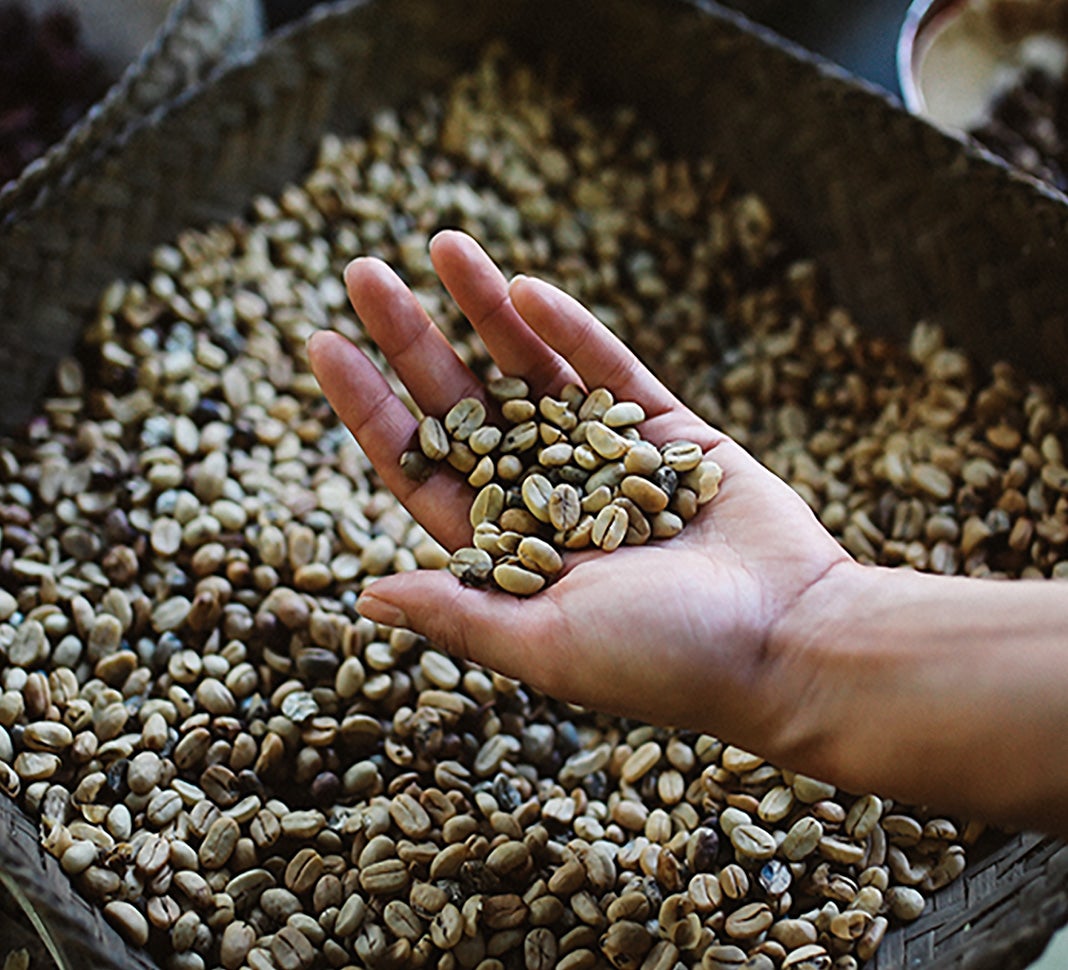
Home


